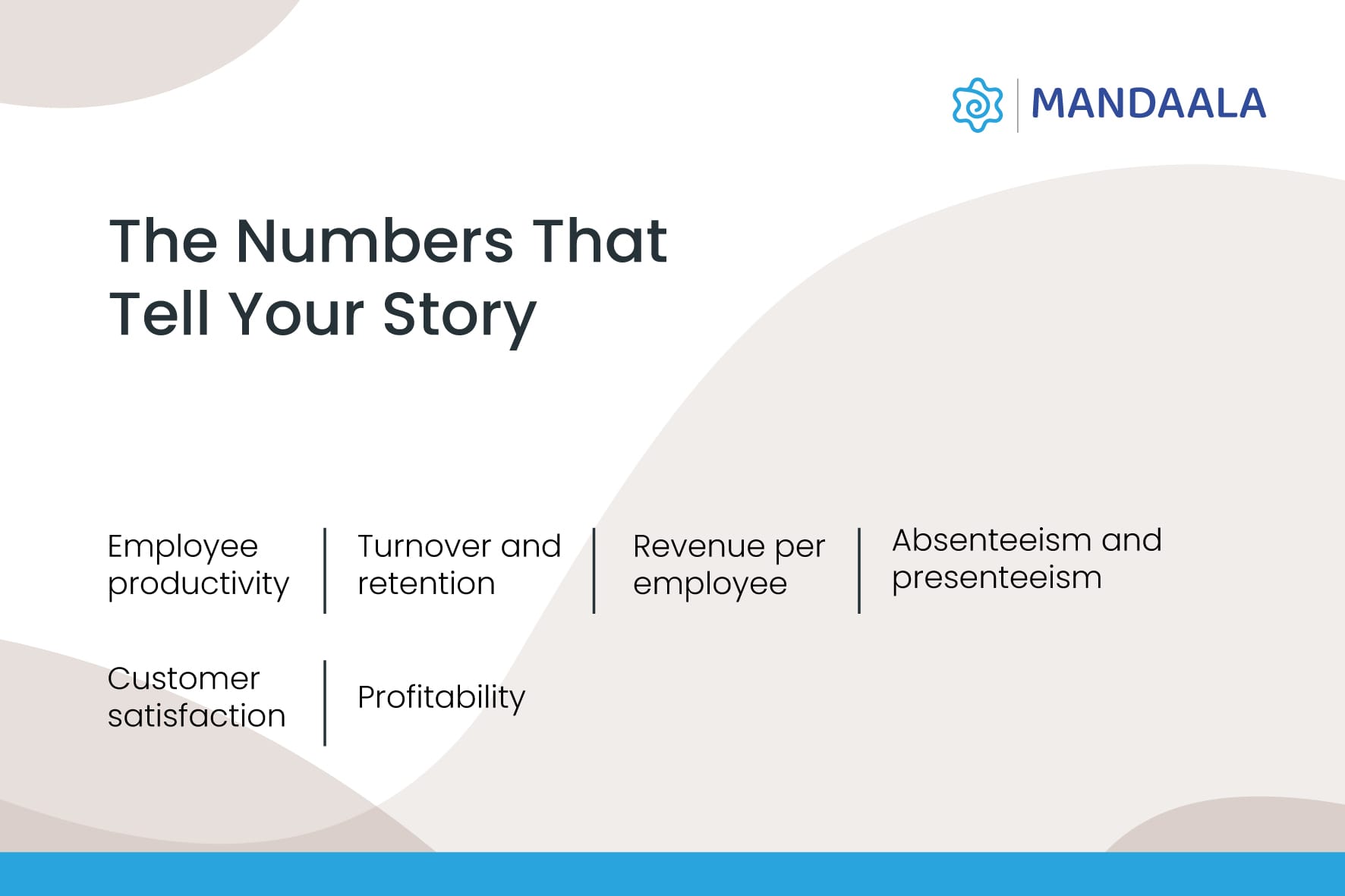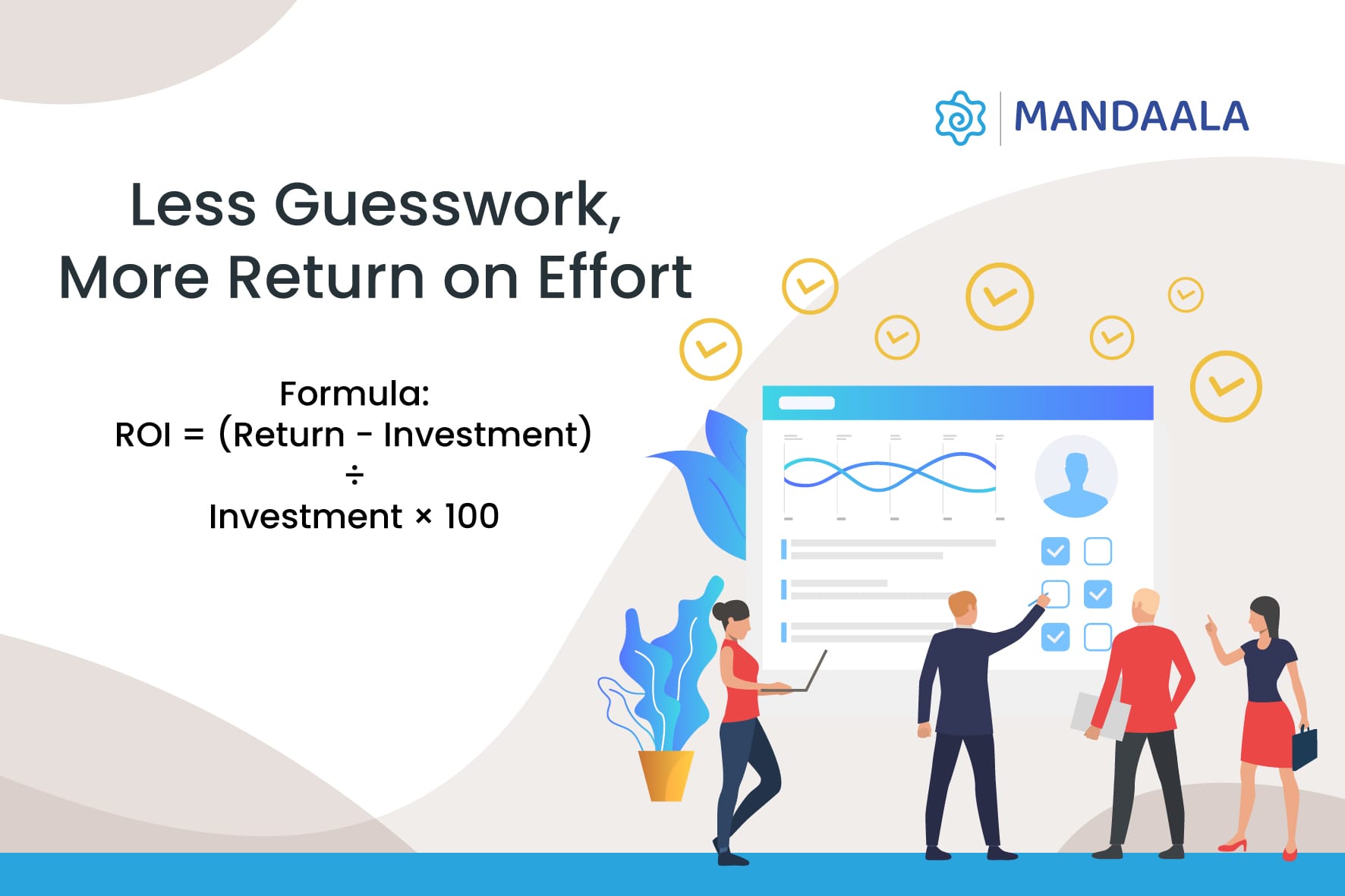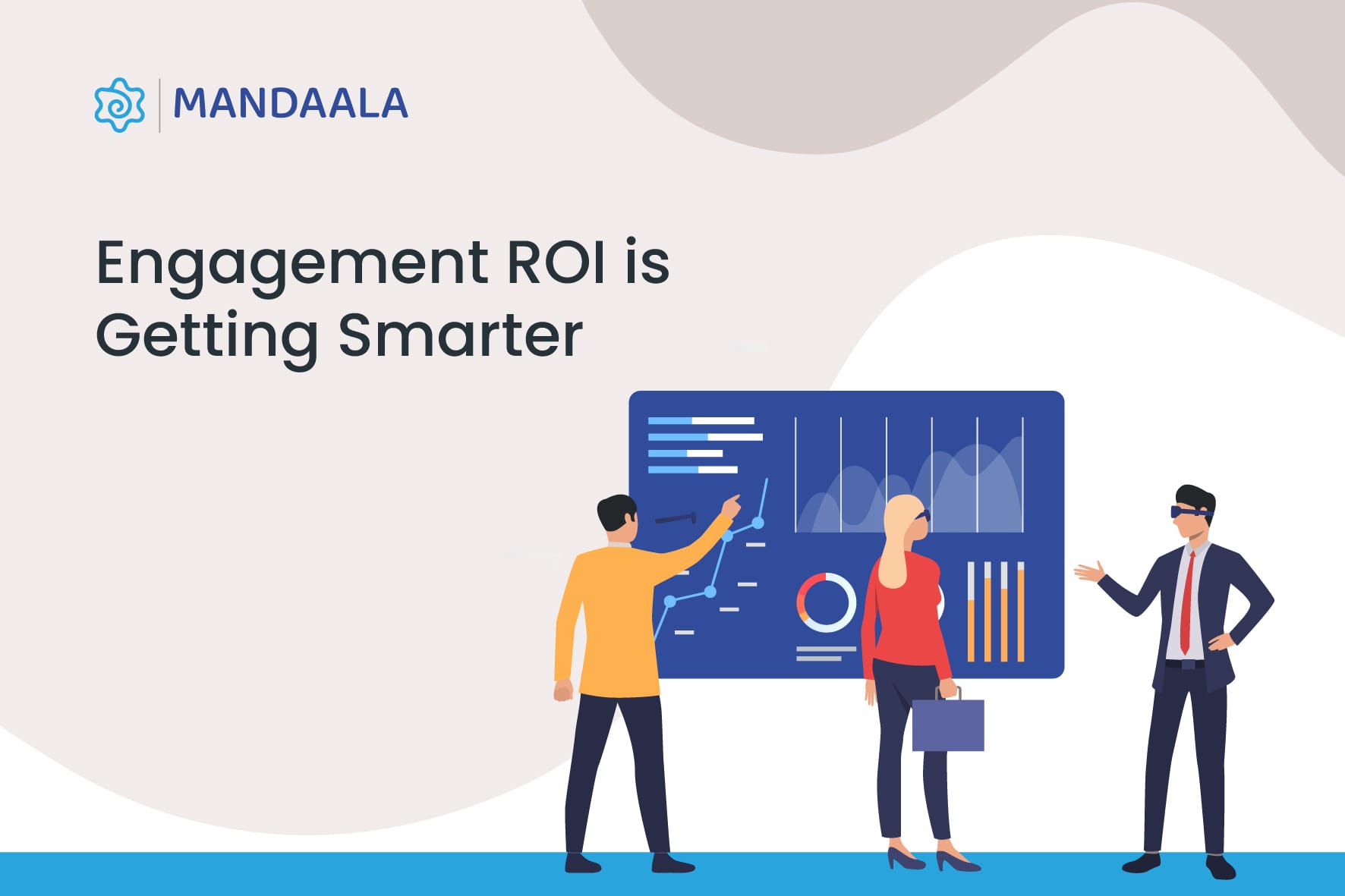ROI of Employee Engagement : A Complete Guide

Most teams agree that employee engagement is important. But when it comes to showing how it impacts the bottom line, things get a little unclear. That’s where the ROI of employee engagement comes in.
It connects engagement efforts, like recognition, training, and wellness, to measurable results in retention, productivity, and customer satisfaction. This guide walks through what employee engagement ROI means, how to measure it, and where to focus if you want better returns.
What Is Employee Engagement ROI?
Employee engagement ROI measures the financial return on investment in engagement initiatives, like training, recognition, or wellness, by comparing the benefits (such as lower turnover, higher productivity, or improved customer satisfaction) to their cost. It’s calculated much like any ROI: gains from engagement programs divided by their expenses .Essentially, it answers one key question: Are our engagement efforts actually paying off?
Why Measuring Employee Engagement ROI Matters
Understanding the impact is one thing, being able to track and prove it is what moves the needle internally. Here’s why measuring ROI matters:
1. Ties engagement to outcomes
Shows clear links between engagement and metrics like retention, productivity, and customer satisfaction.
2. Strengthens budget conversations
Helps secure investment by showing what’s working and where it’s paying off.
3. Keeps efforts focused
Encourages teams to prioritise initiatives that deliver real value, not just good intentions.
4. Supports smarter planning
Reveals patterns over time that can guide hiring, training, and engagement strategies.
Key Metrics for Measuring Employee Engagement ROI

To calculate the ROI of employee engagement, you need to track the right data. These metrics help connect engagement to business outcomes and show where it’s making a difference.
1. Employee productivity
Higher engagement often leads to faster output, better focus, and improved performance.
2. Turnover and retention
Engaged employees are more likely to stay. Tracking attrition helps measure ROI on employee engagement over time.
3. Revenue per employee
This shows how much value each employee generates. A strong employee engagement ROI usually reflects this.
4. Absenteeism and presenteeism
Disengaged employees take more time off or underperform while at work. These are key indicators to monitor.
5. Customer satisfaction and loyalty
Engaged teams tend to deliver better service, which improves customer experience and retention.
6. Profitability
When engagement improves, it often leads to better financial performance across the board.
How to Measure ROI of Employee Engagement

Measuring the ROI of employee engagement may seem complex, but it becomes manageable when you focus on the right inputs and outcomes.
1. Use a simple formula
ROI = (Return − Investment) ÷ Investment × 100
The investment includes all costs related to engagement initiatives, such as training, recognition programs, wellness budgets, and supporting tools. The return refers to measurable outcomes like reduced attrition, improved productivity, or fewer absences.
2. Link programs to outcomes
Each initiative should be tied to a specific business goal. For example, a recognition program that leads to higher retention, or a training initiative that improves delivery timelines, can demonstrate tangible impact.
3. Apply it with real numbers
If ₹1,00,000 was spent on a learning program and it resulted in ₹3,00,000 worth of savings from reduced rehiring and productivity loss, the ROI would be 200 percent. Using actual data strengthens internal business cases.
4. Use supporting tools
Engagement surveys, HR dashboards, and internal analytics can help track progress and link engagement metrics to financial outcomes. Even simple spreadsheets are useful if the data is accurate.
5. Start small and build
Begin with one measurable area, such as attrition or absenteeism. Once that’s established, the same approach can be applied across other programs to build a broader engagement ROI framework.
Strategies to Improve Employee Engagement ROI
There’s no universal formula, but a few focused strategies can help improve the ROI of employee engagement in a meaningful and measurable way.
1. Personalise recognition and rewards
Generic gifting has limited impact. Personalised recognition, through welcome kits for new joiners, long-service awards tailored to milestones, or brandstores that offer employees a choice, makes people feel seen and appreciated. These programs create more lasting engagement and contribute to stronger ROI.
2. Invest in career development
Engagement increases when people see a path forward. Offering learning opportunities, mentoring, and structured growth paths helps reduce attrition and improves employee engagement ROI over time.
3. Encourage open communication
Employees are more engaged when they feel heard. Regular feedback loops, team surveys, and honest conversations help shape engagement programs that reflect real needs and deliver better results.
4. Use digital tools to track progress
One of the most practical strategies to improve employee engagement ROI is to measure consistently. Use surveys, dashboards, and participation data to evaluate what’s working and adjust based on outcomes.
5. Focus on well-being and inclusion
Programs that support mental health, flexible working, and a sense of belonging drive long-term engagement. These areas may seem intangible, but they have a clear influence on the ROI of employee engagement.
Challenges in Measuring Employee Engagement ROI
Even with the right programs in place, measuring the ROI of employee engagement can be difficult. Here are some common challenges that get in the way:
Intangible outcomes:
Not every result can be easily quantified. Improvements in culture, morale, or manager-employee trust are valuable, but they don’t always translate directly into numbers that reflect employee engagement ROI.
Lack of reliable data:
Many organisations don’t have consistent data on engagement levels or business outcomes. Without clean metrics, it’s hard to track progress or demonstrate the ROI of employee engagement over time.
Disconnect between HR and business goals:
Engagement programs are often run in isolation. Without leadership buy-in or alignment with company priorities, it's harder to measure employee engagement ROI in a way that matters to decision-makers.
Future Outlook: The Evolving ROI of Engagement

The way organisations measure and improve the ROI of employee engagement is shifting. From AI to well-being, future engagement strategies will be more data-driven, personalised, and continuous.
1. AI and predictive analytics will support smarter decisions
AI tools are helping HR teams identify engagement risks early, like potential attrition or declining performance. These insights make it easier to take timely action and improve the ROI of employee engagement.
2. Personalisation will go deeper
Engagement programs are becoming more tailored. From customised learning paths to flexible benefits, organisations are using data to create more relevant experiences, leading to stronger outcomes and better engagement ROI.
3. Continuous measurement will replace one-off surveys
Real-time dashboards and pulse check-ins are making engagement easier to track. This shift helps teams connect efforts to results more clearly and refine strategies faster.
4. Well-being and inclusion will remain central
Mental health, flexibility, and a sense of belonging are no longer optional. These areas continue to play a key role in long-term engagement and will remain part of any strategy to improve employee engagement ROI.
Conclusion : Making ROI a Core Part of Your Engagement Strategy
The ROI of employee engagement isn’t just a metric, it’s a way to link people-focused efforts with real business value. By tracking outcomes, personalising programs, and aligning with broader goals, HR teams can build engagement strategies that are measurable, meaningful, and sustainable.
As organisations continue to evolve, improving employee engagement ROI will depend on data, consistency, and a strong understanding of what employees truly need. The tools are already available, what matters is using them with purpose.
Mandaala is the solution arm of PrintStop India.